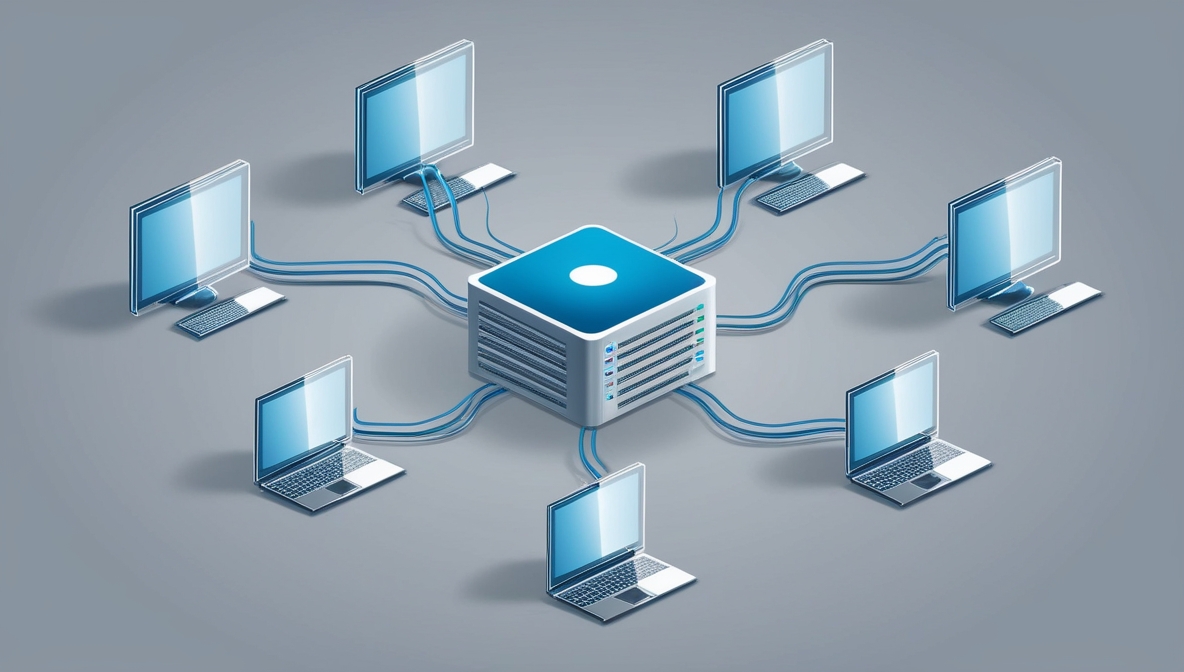
Mastering IT Infrastructure Efficiency: CIO’s In-Depth Guide to Virtualization
Discover virtualization’s benefits and best practices with this CIO’s Guide to Virtualization e-Book. Optimize your IT resources and reduce costs today. (150+ pgs)
Virtualization technology has become an integral part of modern IT infrastructure. It enables organizations to optimize their IT resources, reduce costs, and improve efficiency.
Here is a guide to virtualization that covers some of the critical aspects of this technology:
Virtualization technology is a critical component of modern IT infrastructure. It enables organizations to optimize their IT resources, reduce costs, and improve efficiency. Organizations can choose the right type and virtualization platform to meet their specific needs by understanding the essential aspects of virtualization.
The Guides to Virtualization category in our CIO Reference Library provides IT executives, decision-makers, and professionals with comprehensive, step-by-step guides and practical resources to help them successfully plan, implement, and manage virtualization projects. This category aims to equip you with the knowledge, best practices, and expert advice needed to navigate the complexities of virtualization and ensure a successful deployment.
Resources in this category will cover a variety of topics, including:
The Guides to Virtualization category strives to provide IT executives and professionals with the knowledge and practical guidance to implement and manage virtualization projects in their organizations successfully. By offering a wide range of resources, from fundamental concepts to advanced techniques, this category aims to support your virtualization journey and help you maximize the benefits of this transformative technology.


Discover virtualization’s benefits and best practices with this CIO’s Guide to Virtualization e-Book. Optimize your IT resources and reduce costs today. (150+ pgs)